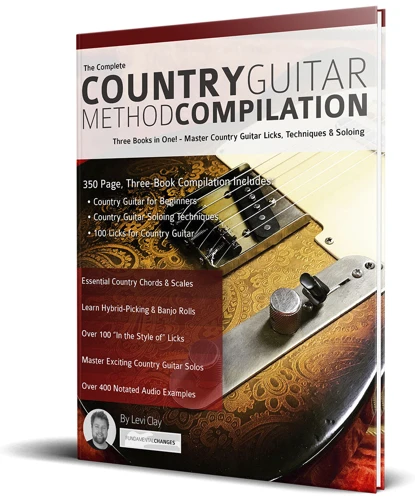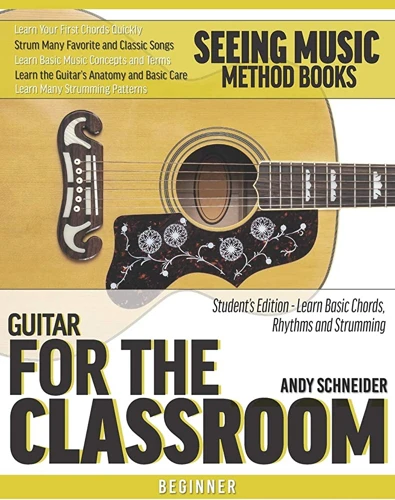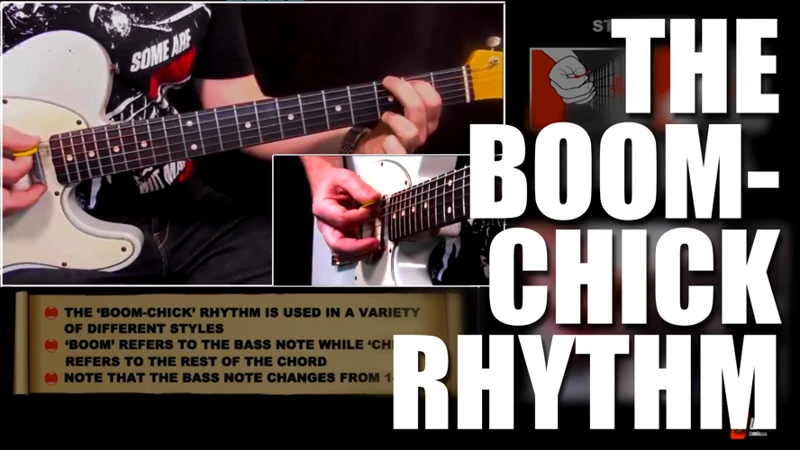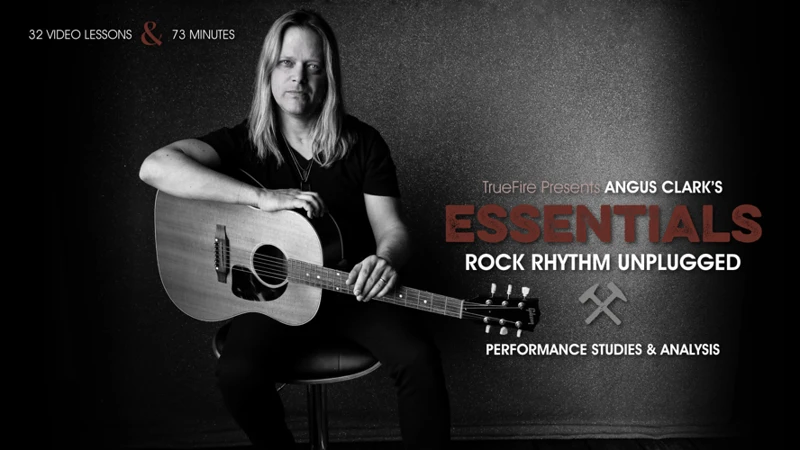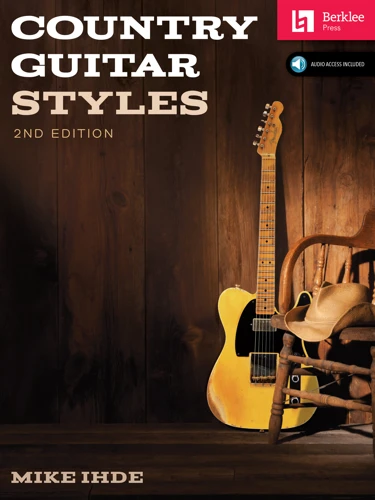Country music is a genre that is known for its storytelling and raw emotion. A crucial element of country music is the rhythm guitar, which provides the backbone and drive for the song. In this article, we will explore the role of the rhythm guitar in country music, and discuss some tips and techniques for mastering this style.
The Role of the Rhythm Guitar in Country Music
The rhythm guitar in country music is responsible for setting the groove and driving the song forward. It provides a steady beat and harmonies that support the vocal melody. The rhythm guitarist also has the important task of creating a full and rich sound, often using open chords and a strong strumming pattern.
Country Music Strumming Patterns
One of the key elements of country rhythm guitar is the strumming pattern. A good strumming pattern will help to establish the groove and feel of the song. Here are a few common country strumming patterns:
The Basic Country Strum
This is a simple strumming pattern that is used in many country songs. It consists of down-up-down-up-down, with a strong emphasis on the downstrums.
The Trainbeat Strum
This strumming pattern is called the “trainbeat” because it sounds like a train rolling down the tracks. It consists of down-down-up-down-up, with a strong emphasis on the first and third downstrums.
The Bo Diddley Strum
This strumming pattern is named after the famous rhythm and blues musician Bo Diddley. It consists of down-down-up-up-down, with a strong emphasis on the first and fourth downstrums.
Chords and Harmonies in Country Music
Another important aspect of country rhythm guitar is the use of chords and harmonies. Country music often uses open chords, which are chords that include open strings. This gives the music a bright and full sound. Some common open chords used in country music include:
G
C
D
Em
Am
Country music also makes use of various harmonies, such as:
Power Chords
Seventh Chords
Major and Minor Chords
Tips for Mastering Country Rhythm Guitar
Here are a few tips for mastering country rhythm guitar:
Practice Your Strumming
A good strumming pattern is essential for country rhythm guitar. Practice your strumming until you can do it smoothly and consistently.
Experiment with Different Chords and Harmonies
Don’t be afraid to experiment with different chords and harmonies. This will help you to create a full and rich sound.
Listen to Country Music
Listen to country music and pay attention to the rhythm guitar. This will help you to understand the style and learn from the pros.
Play with Other Musicians
Playing with other musicians is a great way to improve your skills and learn new techniques.
Looking to delve deeper into the world of country music guitar playing? Check out our articles on acoustic guitar in country music, slide guitar techniques, guitar tuning tips, and electric guitar in country songwriting for a comprehensive guide to mastering various guitar styles within the country music genre!
Conclusion
The rhythm guitar is a crucial element of country music, providing the backbone and drive for the song. By mastering strumming patterns, chords, and harmonies, you can create a full and rich sound that will support the vocal melody and help to establish the groove and feel of the song. With practice and dedication, you can become a proficient country rhythm guitarist and add your own unique touch to this beloved genre.

